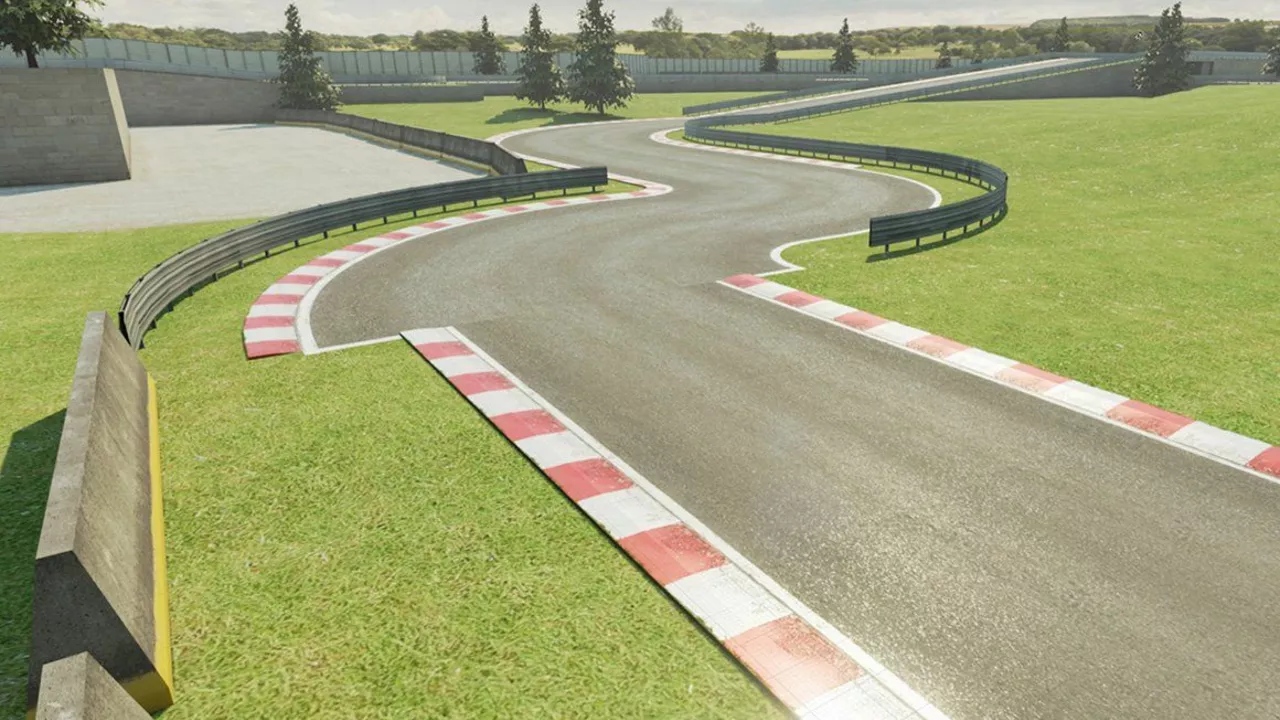Racer Safety: What Every Driver Needs to Know
When the engine roars and the lights go green, most of us focus on speed. But the real secret to winning is staying safe. A single mistake can end a career or worse, so let’s cover the basics that keep you on the podium instead of in the hospital.
Gear Up Right
The first line of defense is the right equipment. A certified helmet, fire‑resistant suit, gloves, and boots aren’t optional – they’re mandatory. Make sure your helmet passes the latest Snell or FIA standards and replace it after any impact, even a minor one. Suits should be rated for at least 30 seconds of fire protection; cheaper fabrics won’t hold up if a fire starts.
Don’t forget the smaller items. A good neck brace reduces whiplash, and a snug harness keeps you locked into the seat during high‑G turns. Check every strap before each session – loose buckles are a recipe for disaster.
Track Knowledge Saves Lives
Knowing the circuit is as important as knowing your car. Study the layout, note blind corners, runoff areas, and any recent changes to barriers. Many incidents, like the Westfield Stratford seat scare, happen because people ignore the environment around them. On a track, that means respecting safe zones and never trying stunts that could endanger spectators or fellow drivers.
Follow the flag system to the letter. A yellow flag means danger ahead – slow down, stay focused, and be ready to stop. A red flag isn’t just a pause; it’s a signal that something serious has happened and you must abort the session.
Practice with Purpose
Professional drivers don’t just drive – they rehearse. Regular practice builds muscle memory, so when a corner comes up at 150 mph you react instinctively, not by guessing. Use simulators to perfect braking points and racing lines; they’re cheap, safe, and surprisingly effective.
Off‑track work matters too. Analyze data from each lap, keep your fitness on point, and stay hydrated. A tired driver makes sloppy decisions, which can lead to crashes.
Learning from Real Incidents
Every crash tells a story. The recent Westfield Stratford incident, where a heavy seat was tossed from a balcony, reminded us that safety isn’t just about the car – it’s about the whole environment. In racing, that translates to securing everything in the pit lane, checking that tools are stored properly, and never letting loose objects become projectiles.
When a driver gets a penalty for unsafe behavior, it’s a warning to the whole grid. Treat each sanction as a lesson: if a teammate is penalized for ignoring a flag, adjust your own approach immediately.
Creating a Safety‑First Culture
Safety works best when it’s a team effort. Encourage open talks about near‑misses, share check‑list routines, and make sure every crew member knows emergency procedures. A culture where you can call out a risky move without fear keeps everyone alive longer.
Finally, remember that speed and safety aren’t opposites. The fastest lap times often belong to drivers who trust their equipment, know the track, and stay calm under pressure. Stay smart, stay equipped, and you’ll enjoy the thrill of racing without unnecessary risk.

What are racing tracks made from? Doesn't it hurt the racers?
Racing tracks are typically made from a blend of asphalt, concrete, and sometimes clay or dirt, depending on the type of racing. While this may sound painful, safety measures are in place to protect racers. Helmets, protective suits, and specially designed cars or bikes help absorb the impact and minimize injuries. So, while crashes can happen, the track's material isn't the main culprit. Instead, speed and racing conditions play a bigger role in the risk factor for racers.
Read More